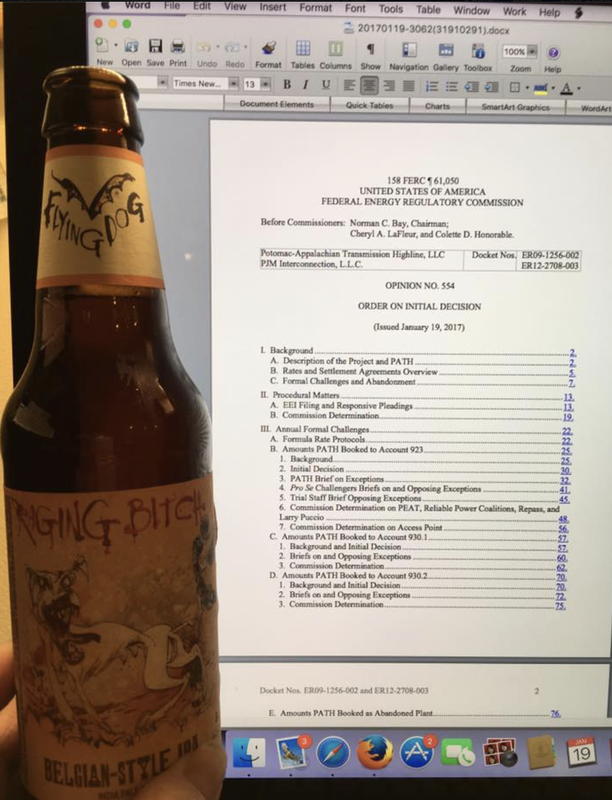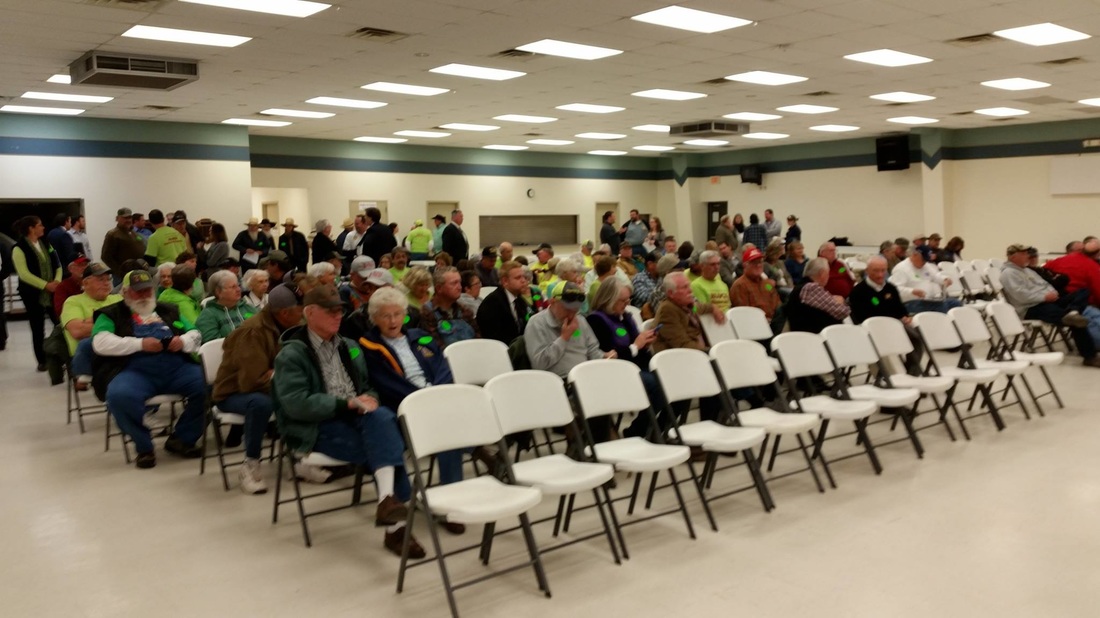Now we've got Anbaric's Ed Krapels bending physics in order to pimp merchant transmission to... who exactly? Who is supposed to read this krap and give Ed a bunch of money?
I recently stumbled across this:
Make America (Electrically) Great Again: An Electric Infrastructure Plan For The Trump Team
Because Trump is so inclined to take his "plans" from The Huffington Post. Right.
This krappy opinion piece is so full of rhetorical buzzwords that a friend suggested we make a drinking game out of it, and other media in the same vein. Balkanized? Take a shot! Green? Take a shot! Resilient? Take a shot! Modernize? Take a shot! Infrastructure? Take a shot!
Drunk on the floor. All.The.Time.
As if glittering generalities are the basis for planning and building the greatest machine of modern times -- the electric transmission grid.
First of all, we need to recognize where krap like this comes from... it comes from the corporations and people who stand to make a profit from grid construction. It comes from environmental group lawyers who have no electrical engineering experience. And the worst part? These people know better! They know that the grid is planned and operated by federally monitored regional transmission and reliability organizations. Our grid is constantly expanded and modernized by experienced engineers with an eye toward reliability and price. It's not about favoring one resource over the other, or putting money in investor pockets. So when you read krappy articles claiming our grid is costly, rickety, and unreliable, they're just not true. We don't look to profit-seeking, or politically-motivated entities to plan a grid that puts the most money in someone's pockets, and we shouldn't start now. Creating a grid based on the need to meet political goals, or put money in corporate pockets, is creating a grid that's not efficient, affordable, or reliable.
Another krappy opinion piece claims that big companies are simply greenwashing when they purchase renewable energy credits and then claim to be environmentally responsible. I agree. But I do not agree with the suggested krappy solution of building new transmission lines so that the company can actually use the electricity associated with the RECs it purchases, as if electricity is nothing more than water in a pipe that can be directed to flow to a certain customer. The problem is the idea of RECs in the first place, not a lack of transmission. A REC represents the social and environmental attributes of electricity generated. A company can buy a REC, but that REC can be physically separated from the actual electricity produced. A generator may sell the actual electricity to another user, and then market the REC to someone else. That creates two revenue streams for the same electron. Essentially, it is selling something twice to two different buyers. It's a swindle of the highest order.
Options to solve that?
1. Stop unbundling RECs from energy.
2. Require companies to purchase transmission on the existing system to use the actual energy they purchase. There ain't no such thing as "cheap" environmental footprint, unless the public believes the greenwashing.
And then there's the unnecessary -- building new private transmission lines just for companies who want to purchase unbundled RECs from far away places. If we start down that path, with each company supporting its own private transmission line, we're soon going to find wires everywhere. The more wires and connections added, the more complicated and unreliable the grid becomes. There's also the problem of clearing a path for private transmission lines on private property owned by others. That's not a public use. That's not a public utility. Eminent domain cannot be used for such an endeavor.
No matter how many buzzwords these grid profiteers use, their ultimate goal is clear: to enable private companies to take from the public in order to increase their profits.
Congress should create legislative authority for siting major electricity transmission lines that follows the authority it has already granted to siting major gas lines.
Here's how to fix a long state permitting process: Stop trying to use eminent domain to force private infrastructure! I'm pretty sure Mr. Krapels is well aware that transmission that's sited underwater and underground on land of willing hosts can sail through the transmission permitting process in record time. Mr. Krapels also probably has customers lined up for the projects he undertakes, and doesn't rely on "build it and they will come" as a business plan.
Stop trying to "fix" what's not broken just to make private utility projects cheaper or faster. Instead, design better transmission projects with an eye toward making them acceptable to the communities they propose to impact. The grid operators and regulators we already have do a fine job of vetting transmission proposals and only ordering the building of what's actually needed. We don't need a bunch of profiteers creating their own private grid through our backyards.
The problem isn't us, it's you. All the glittering generalities in the world just can't fix that.



 RSS Feed
RSS Feed